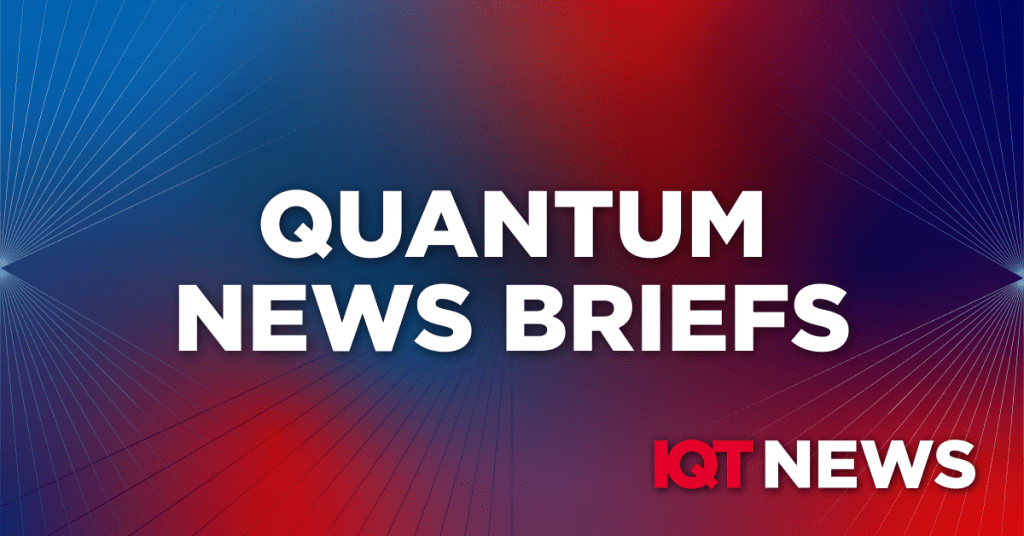News Briefs:
U.S. Department of Treasury issues proposed rule to implement executive order addressing U.S. investments in certain national security technologies and products in countries of concern
The U.S. Department of the Treasury (Treasury) issued a Notice of Proposed Rulemaking (NPRM) on June 21 to implement Executive Order 14105 of August 9, 2023, “Addressing United States Investments in Certain National Security Technologies and Products in Countries of Concern” (the Outbound Order) as per the June 21 press release from Treasury.
The NPRM builds on the Advance Notice of Proposed Rulemaking (ANPRM) issued by Treasury last August and provides the full draft regulations and explanatory discussion regarding the intent of the proposal, and solicits comment from the public.
The Outbound Order recognizes that countries of concern are exploiting or have the ability to exploit certain United States outbound investments, including certain intangible benefits that often accompany these investments and that help companies succeed. The Outbound Order sets out a process for establishing a new national security program to address threats posed by certain U.S. outbound investments into countries of concern. In doing so, the President identifies the People’s Republic of China, along with the Special Administrative Region of Hong Kong and the Special Administrative Region of Macau, as a country of concern.
The Outbound Order specifically directs the Secretary of the Treasury (the Secretary) to issue regulations that (1) prohibit U.S. persons from engaging in certain transactions involving certain technologies and products that pose a particularly acute national security threat to the United States and (2) require U.S. persons to notify Treasury of certain other transactions involving certain technologies and products that may contribute to the threat to the national security of the United States. The Outbound Order identifies three categories of national security technologies and products to be covered by the program: semiconductors and microelectronics; quantum information technologies; and artificial intelligence.
Zapata AI joins KT Consortium to help transform chemical engineering processes using Generative AI
In Other News from Meritalk: “DOD making strides in quantum and biotech according to top officials”
John Burke, the principal director of quantum science within the OASD(S&T) said Tuesday that in 2024 alone they have already pushed out $100 million for developing quantum applications at the edge for warfighters.
“The original quantum technology was GPS,” Burke explained. “We’re busily working on other quantum technologies to equip positioning and timing at the edge of the warfighter so that they don’t have to rely on GPS all the time.”
“We’re really pushing out on that,” he said. “Even this year, 2024, we’ve got about $100 million … just on that area. So, we’re really working hard on that.”
In Other News from CoinTelegraph: “DARPA-led report highlights difficulty in developing quantum finance solutions”
Researchers from a number of laboratories throughout the United States, including MIT’s Lincoln laboratory, NASA, and the Los Alamos National Laboratory, recently collaborated with a government program to identify and benchmark key areas for quantum computing researchers to focus on, according to CoinTelegraph’s Tristan Green on June 23.
The U.S. government’s military think tank, the Defense Advanced Research Projects Agency (DARPA) led the research. Its purported purpose was to provide an overview of current and future quantum computing capabilities in areas such as chemistry and material science. But, in the field most related to future finance and fintech applications, the team wasn’t able to determine if quantum computing could provide a clear advantage.
While this certainly represents a blow to the idea that we’re on the cusp of creating quantum computers that’ll make us all rich playing the markets, it bears mention that DARPA isn’t the end-all, be-all of the quantum computing world.
Rigetti and Microsoft have made independent advancements in quantum computing with the government and others, such as Google and IBM, have made independent advancements in the area of “quantum advantage.”
